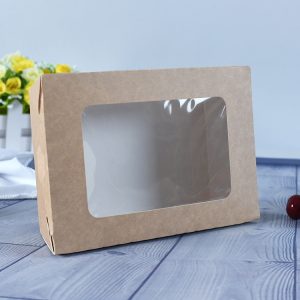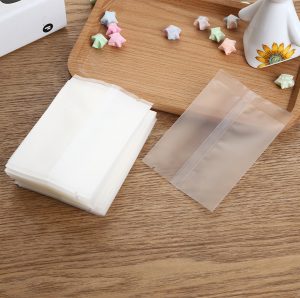Convenience food packaging for on-the-go consumption plays a crucial role in meeting the needs of busy individuals who require quick, portable, and easy-to-use food options. Here are some key features and innovations commonly found in convenience food packaging designed for on-the-go consumption:
- Portability: Packaging is designed to be compact, lightweight, and easy to carry, making it convenient for people to take the food with them while on the move.
- Single-Serve Portions: Convenience food packaging typically offers single-serve portions to ensure easy consumption and reduce waste.
- Resealable Containers: Packaging with resealable features allows users to eat part of the food and seal the rest for later consumption, maintaining freshness and reducing spills.
- Functional Lids: Lids with built-in compartments for sauces, dressings, or condiments provide added convenience, eliminating the need for separate containers.
- Microwave and Oven Safe: Packaging that can be safely heated in a microwave or oven allows consumers to warm up the food without transferring it to another dish.
- Built-in Utensils: Some packaging includes built-in or attachable utensils like forks, spoons, or chopsticks, making it easy for consumers to eat without needing additional tools.
- Transparent Windows: Clear windows on the packaging allow consumers to see the food inside, making it easier to choose their desired meal quickly.
- Tamper-Evident Seals: Tamper-evident seals ensure the safety and quality of the food, providing consumers with peace of mind during on-the-go consumption.
- Collapsible Packaging: Packaging that can be collapsed or folded after use minimizes space when disposing of it, reducing waste and making it more convenient for users.
- Edible Wrappers: Edible wrappers or coatings made from materials like rice paper or fruit leather can reduce waste and provide an added element of convenience.
- Easy-Open Packaging: Packaging with easy-to-open tabs or tear strips allows users to access the food quickly without the need for scissors or sharp objects.
- Smart Packaging Labels: QR codes or NFC tags on the packaging can provide information about the food’s nutritional content, allergens, or cooking instructions.
- Stackable Packaging: Packaging with stackable designs enables efficient storage and transport, making it easy to carry multiple items at once.
- Sustainable Materials: Environmentally friendly packaging materials, such as bioplastics or compostable materials, align with consumers’ increasing interest in eco-friendly choices.
- Ventilation Features: Packaging with ventilation holes or microporous materials helps to regulate moisture and preserve the freshness of the food.
Convenience food packaging on the go should strike a balance between practicality, convenience, and sustainability, catering to the needs of consumers with busy lifestyles while minimizing environmental impact.








